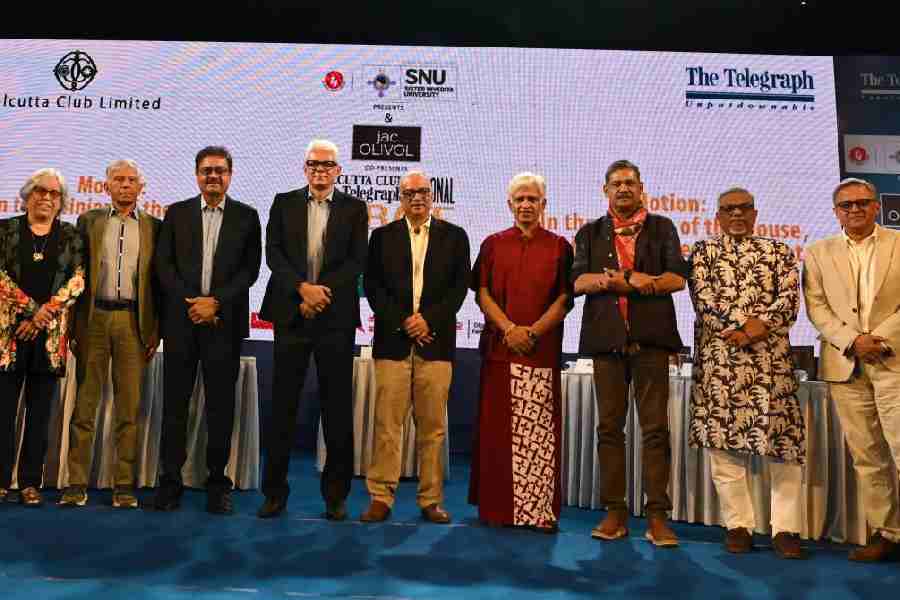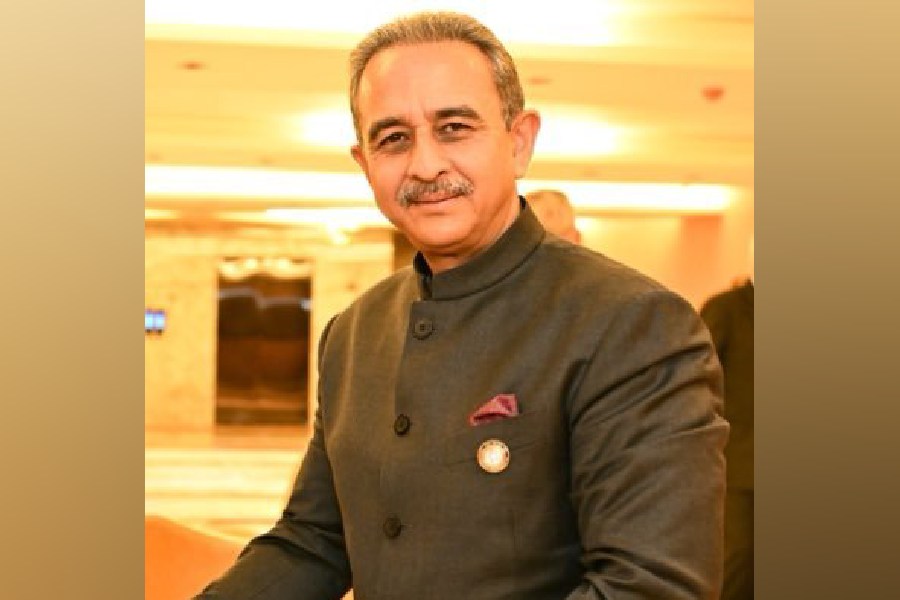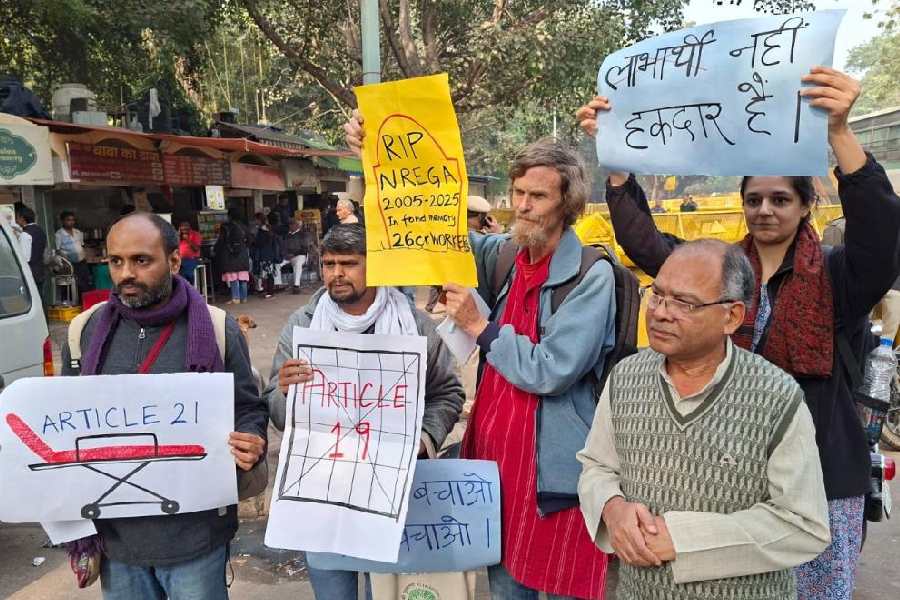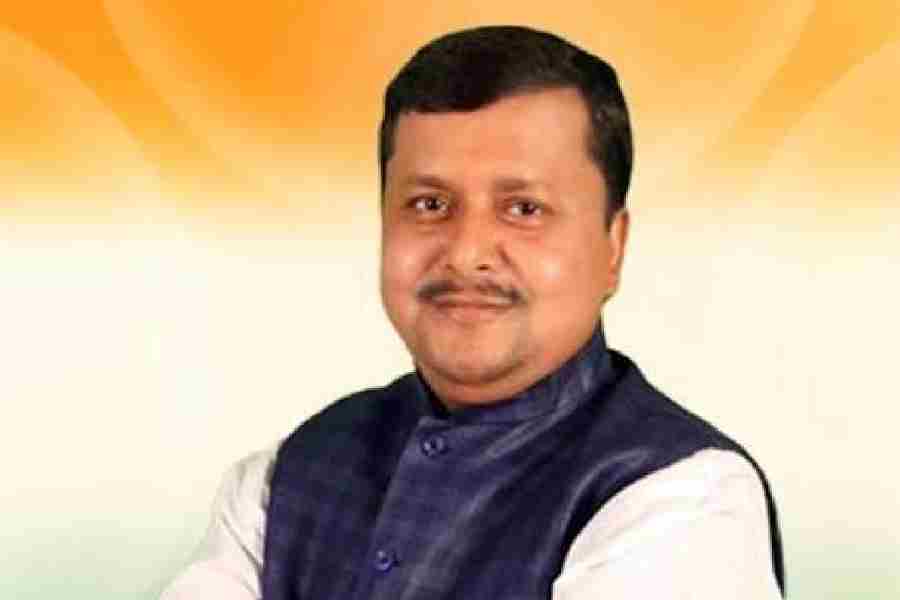In the end, the examiner of human character trumped the money-spinner. The quick-fire was outlasted by the grind, the portable eclipsed by the everlasting.
T20, a favourite as it may be with the administrators, broadcasters and a significant proportion of the audience, is still not a match for Test cricket, Calcutta decided on Saturday.
The motion of the Sister Nivedita University presents and Jac Olivol co-presents Calcutta Club The Telegraph National Debate 2025 was “T20 is the real test of cricket”. It was defeated by a show of hands.
The opening batter for the proposition, Joy Bhattacharjya, the quizzer-quizmaster-raconteur-cricket analyst, gave his team a solid start.
As a format, T20 is far more democratic and the best bet for turning cricket into a global sport, the former KKR team director said.
“If you are looking at a global sport, how can you look at a format that 75 per cent of the world has no access to? It reminds me of a cosy, elitist club in Delhi, where the members are busy scratching each others’ backs,” he said of the group of 12 Test-playing nations. And even this 25 per cent, to a large extent, piggybacks the 1.4 billion people in India.
In comparison, more than 100 countries play T20, Bhattacharjya said, stressing that the number of participating nations and the portability of the shortest format had turned cricket into a modern Olympic sport. T20 cricket is set to feature at the Los Angeles 2028 Olympic Games.
Mudar Patherya, heritage conservationist and a communications consultant, said Test cricket had inherited a “bad name” because most matches from the late 1970s to the late 1990s would not end in a result. “Something happened” since the late 1990s, he said.
That something was a change in the approach to batting, which was heralded by Sanath Jayasuriya and Romesh Kaluwitharana, the explosive opening pair of the Sri Lankan one-day team. Patherya credited the change to Arjuna Ranatunga, the 1996 World Cup-winning skipper and his team member on Saturday.
That blitzkrieg approach was adopted by Adam Gilchrist, who changed the way Australia, and eventually the rest, played cricket, said Patherya, a former cricket correspondent. The result: A lot more Test matches are seeing a result, he said.
Patherya felt that Test cricket was going through its golden period, with so much happening every single day.
But the crux of his argument was this: In being the ultimate test of human character, Test cricket is a format that resembles life. “T20 is no format. It is like crystal meth. It gets you hooked. It is a context-less existence,” he asserted.
A drawn Test too can be fascinating, Patherya said, pointing to the 2021 Sydney Test between India and Australia, where Hanuma Vihari and Ravi Ashwin batted out of their skin to salvage a draw for the visitors.
“The quality of engagement is enhanced by the nature of the draw,” Patherya said.
On the Calcutta Club dais, Ranatunga looked nothing like his portly cricketing avatar. His weight-loss transformation had taken social media by storm. But when he spoke, he displayed the old bluntness.
His admiration for the Indian team he played against was clear as was his dismissal of the current crop.
“What a class of cricketers India has produced! Think of Gavaskar, Vengsarkar, Tendulkar and Dravid. When we started playing India in Tests, our main aim was not to lose. But now, if I get to play the current Indian side with the Sri Lanka team I captained, I will beat India in India,” Ranatunga said. The quality of cricketers is going south because of the growing obsession with T20, Ranatunga said.
“The lure of the riches of franchise cricket is compromising the value of representing the country,” he said. “The value of wearing your country’s cap will be gone in five years if we don’t handle the issue properly.”
Kirti Azad, a more-than-handy all-rounder in the 50-over format and one of Kapil’s Devils from the triumphant 1983 World Cup campaign, had a rebuttal for Bhattacharjya’s pitch for T20 as far more accessible. “T20 is a Chinese product. Quantity over quality.… It is like two-minute noodles, sumptuous but not nutritious,” he said. For the nine-odd minutes he spoke, he was dismissive of the shortest format.
“Test cricket teaches to fight when the chips are down, to fight against adversity,”he said, pointing to greatslike Vengsarkar and Ranatunga who would get bruisedon fast and bouncy wicketsbut still fight on.
Azad expressed dismay that the two Dilips, Doshi and Vengsarkar, who had illustrious Test careers, were speaking for the motion.
Vengsarkar, like the elegant stroke player he was, was easy on the ears. He hailed T20 because it gave a platform to budding players in non-Metro cities. “Because of the IPL, the Indian board can give grants to the state associations who use it for infrastructure development. Youngsters from small states can play for India,” he said.
“Thenga,” Trinamool MP Azad said, flashing his thumb, answering his own question on the contribution of T20 cricket. So much for the billions in broadcast deals.
Vengsarkar got ₹5,000 for his first seven Tests on tour. Diana Edulji — all-rounder, former India captain and trailblazer of women’s cricket — had to pay ₹10,000 from her pocket to represent India. Both, speaking for the motion, hailed T20 because they said it took cricket to places it had not been to.
“Because of IPL, the Indian board can give grants to the state associations who use it for infrastructure development. Youngsters from small states can play for India. Former players get a pension,” Vengsarkar said.
Edulji said: “Cricket has to be taken to the interiors. We have got players from all over the country. They are coming from small villages.”
Edulji too underlined that “women from small cities” could dream big because of T20.
Doshi, the adroit spinner known for his silken grace, said Test cricket was “ageless and indestructible”. At the same time, he said, T20 was admirable for the “boldness it has brought to cricket”.
The arguments offered by Doshi and Vengsarkar prompted Mukul Kesavan — historian, novelist and one of the finest commentators on cricket — to quip that “all of the opposition and half of the proposition were speaking for the same motion”. There was a fundamental error in comparing the two formats because Tests and T20 were two completely different creatures, Kesavan said.
“Test batting means staying put at the crease, minimising risks and accumulating runs whereas in T20, there is no accumulation phase because it means ceding ground to the bowling side.... The normal metrics of Tests do not apply to T20,” Kesavan said.
Before asking for a show of hands, cardiac surgeon and debater Kunal Sarkar, the moderator for the evening, said the “debate has taken us through the opposing arguments for the appeal of the instant and the quality of the classical”.
When the hands were raised, the quality of the classical prevailed comfortably over the appeal of the instant.










